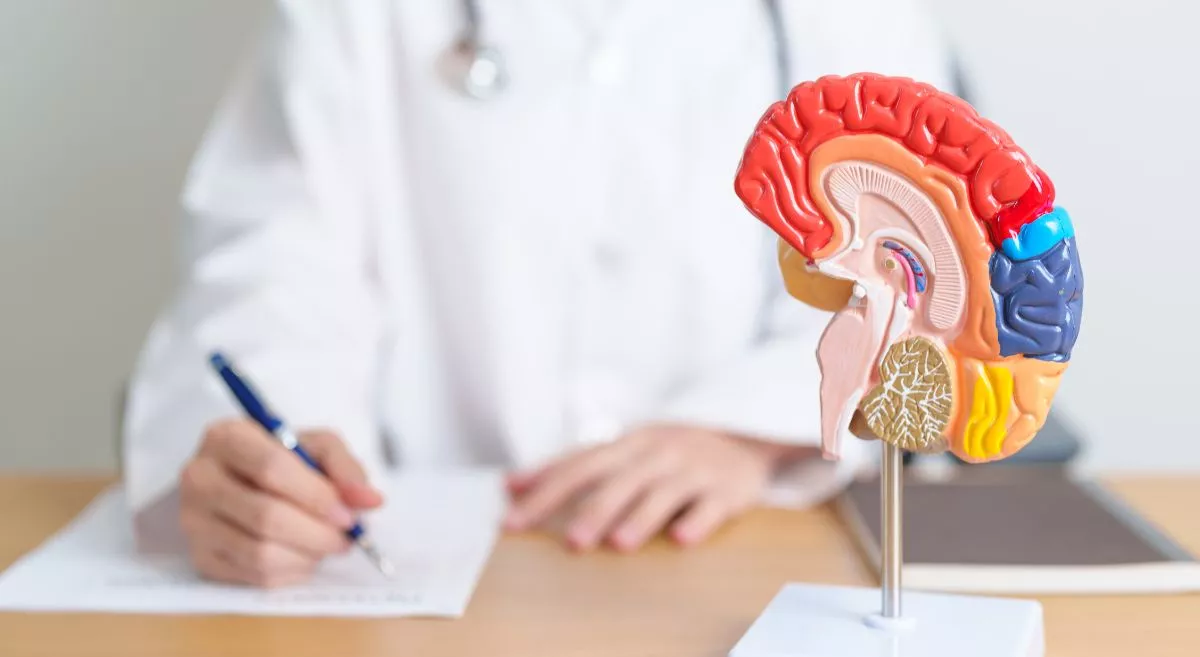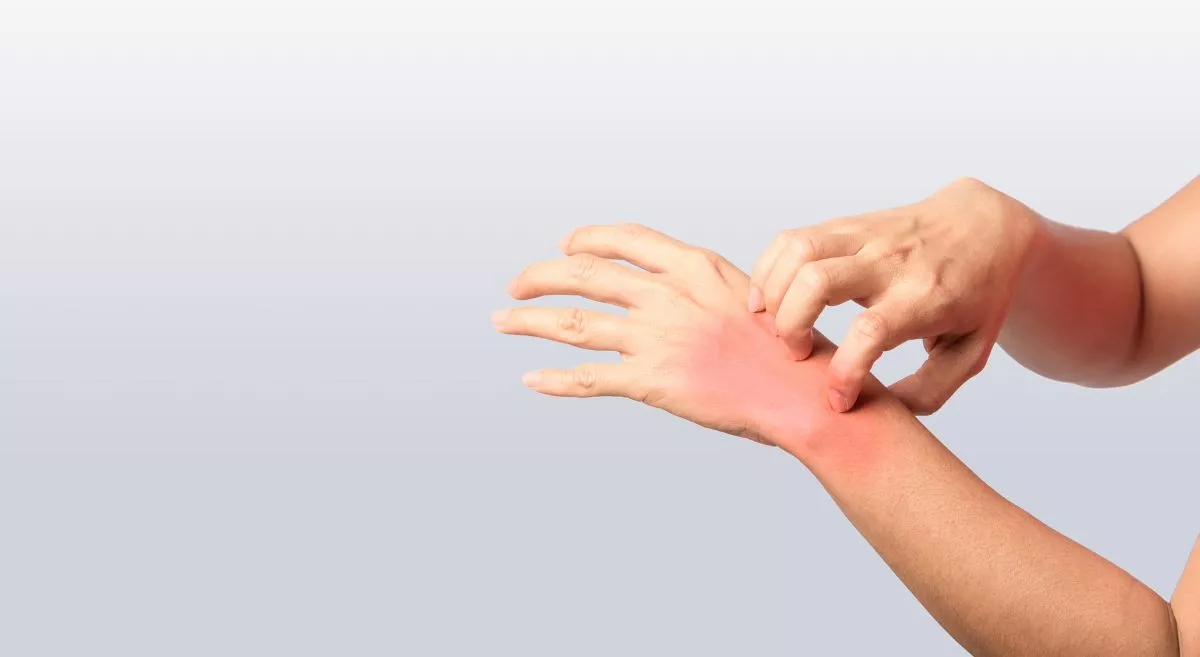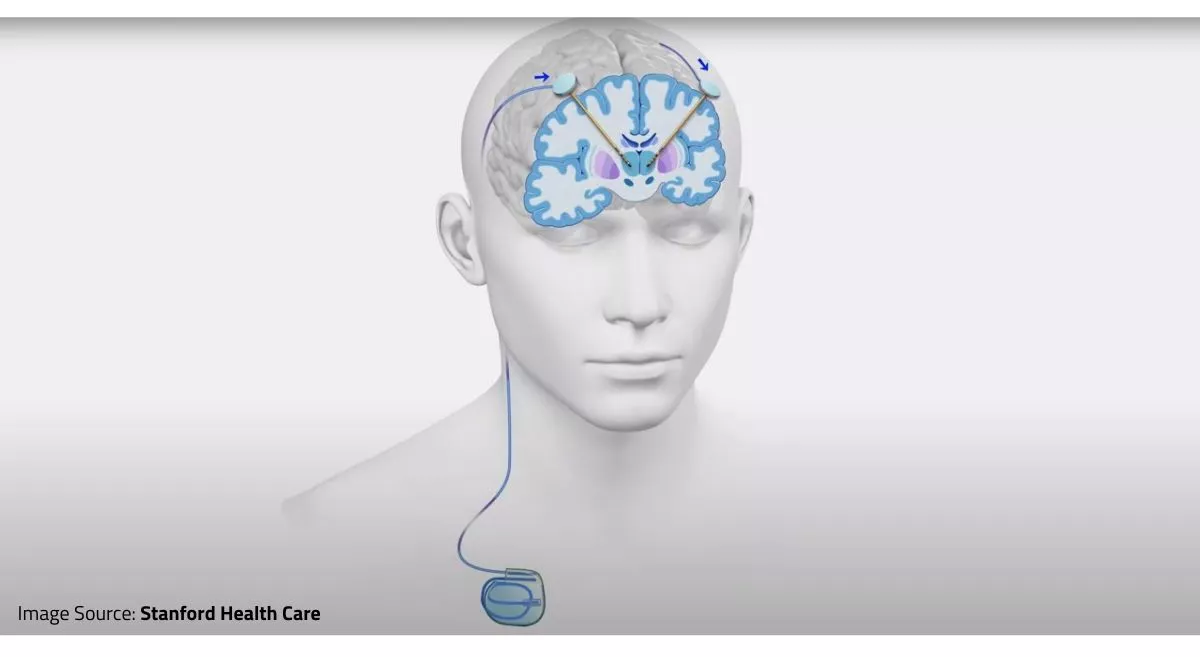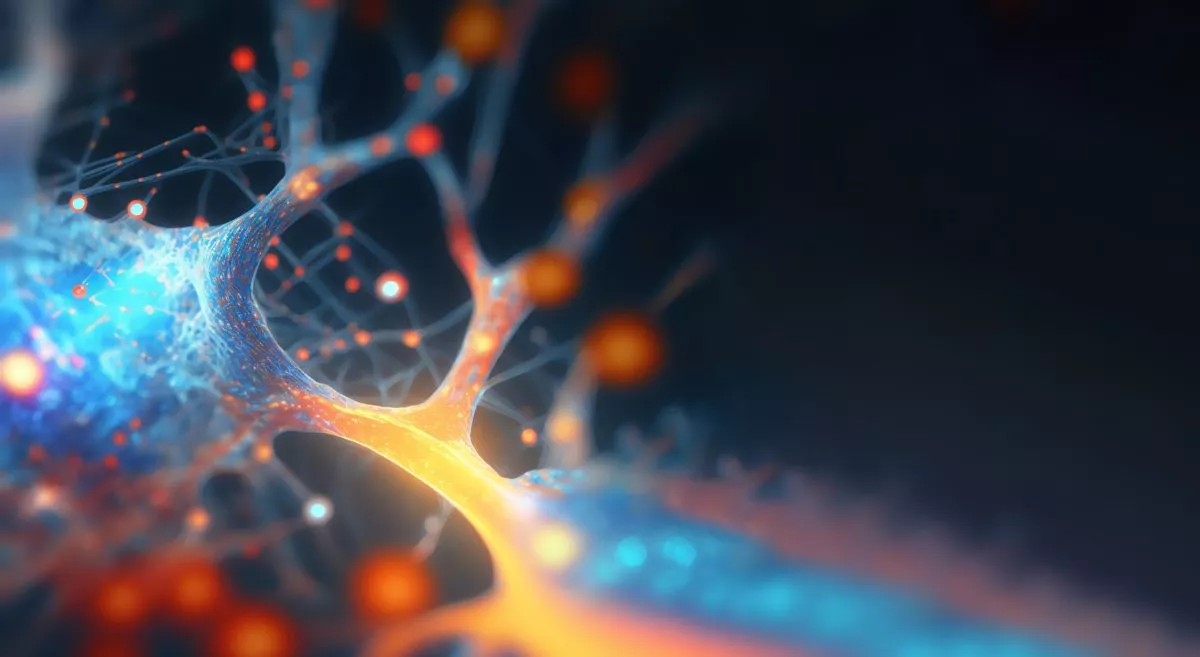Parkinson’s disease (PD) is a progressive neurodegenerative disorder that primarily affects movement. Patients suffering from this ailment often have tremors, difficulty in balancing, extreme stiffness, and slowness of activities. This may result in extreme difficulty to carry out daily activities. This illness gradually progresses over time, and the root cause is the degeneration of dopamine-producing neurons in the part of the brain responsible for movement. While there is no known complete cure, there exists a strong chance for an improvement in quality of life with proper diagnosis at an early stage along with treatment. This blog further discusses the symptoms, risk factors, treatment strategies, and preventive measures.
What is Parkinson’s Disease?
Parkinson’s disease is a chronic disorder of the central nervous system that primarily affects the motor system. James Parkinson, who first wrote about the disorder in 1817, characterized this disease by tremors, stiffness, slowness of movement, and impaired balance, without knowing how varied these symptoms would turn out to be. It is a progressive illness and currently, there is no specific treatment to cure this condition. Unfortunately, these symptoms increase further with time and as the person ages, they may be dependent on care giver for their daily activities also.
What Causes Parkinson’s Disease?
While the specific cause of Parkinson’s disease is not known, the study shows that it results from a combination of genetic and environmental factors. The primary hallmark of the disease is the degeneration of dopamine-producing neurons in the substantia nigra, a region of the brain responsible for movement control.
1. Genetic Factors
Some Parkinson's disease cases are caused by genetic mutations. A family history of the condition increases this risk. However, certain Parkinson's cases are attributed purely to genetic factors.
2. Environmental Triggers
Some toxins like pesticides, herbicides, and heavy metals can lead to the development of Parkinson's disease. Other factors that result in neuronal damage include head injuries and long periods of exposure to air pollution.
3. Age and Other Risk Factors
Parkinson's disease is more common in people over the age of 60. More often than not, the condition affects men; however, it's slightly less common among women. Other predisposing factors to the condition include traumatic brain injuries and chronic stress.
Symptoms of Parkinson’s Disease
The symptoms of Parkinson’s disease are divided into motor and non-motor categories.
Motor Symptoms
- Tremors: Involuntary shaking, usually in the hands, fingers, or limbs.
- Bradykinesia (Slowed Movement): Difficulty initiating and completing movements.
- Muscle Rigidity: Stiffness in the limbs and reduced range of motion.
- Postural Instability: Impaired balance and coordination, leading to falls.
Non-Motor Symptoms
- Cognitive Decline: Memory problems, difficulty concentrating, and, in some cases, dementia.
- Depression and Anxiety: Emotional disturbances are common among Parkinson’s patients.
- Sleep Disorders: Insomnia, restless leg syndrome, and excessive daytime sleepiness.
- Gastrointestinal Issues: Constipation, bloating, and difficulty swallowing.
How to diagnose Parkinson’s Disease?
There is no definitive test for Parkinson’s disease. Diagnosis is typically based on a medical history review, neurological examination, and the presence of key symptoms. Doctors may use imaging tests, such as MRI or PET scans, to rule out other conditions that mimic Parkinson’s Disease.
Treatment Options for Parkinson’s Disease
Although there is no cure for Parkinson’s disease, various treatments help manage symptoms and improve quality of life.
1. Medications
- Levodopa (L-Dopa) – The most effective medication for managing motor symptoms, as it replenishes dopamine levels.
- Dopamine Agonists – Mimic dopamine’s effects and help manage early-stage symptoms.
- MAO-B Inhibitors – Prevent the breakdown of dopamine in the brain.
- Anticholinergic Drugs – Help control tremors and muscle stiffness.
2. Deep Brain Stimulation (DBS)
DBS is a surgical procedure where electrodes are implanted in the brain to regulate abnormal brain signals. This treatment is recommended for patients with advanced Parkinson’s whose response is suboptimal to medications.
3. Physical Therapy and Rehabilitation
Exercise and physical therapy improve mobility, balance, and flexibility. Speech therapy can help with voice and swallowing difficulties, while occupational therapy aids in performing daily tasks.
Lifestyle Changes and Management
Lifestyle changes can help manage the symptoms of people suffering from Parkinson's disease.
- Regular Exercise - Improving speed and agility through walking, swimming, practising yoga, and tai chi.
- Balanced Diet - A healthy diet consisting of antioxidants, fiber along with omega-3 fatty acids will help improve one's brain health and digestion.
- Getting Enough Sleep – Sticking to a sleep schedule is critical to keeping fatigue under control, as well as managing cognitive function.
- Mental Health - Anxiety and depression could be managed through therapy, support groups, as well as mindfulness practices.
How to Prevent Parkinson's Disease?
There is no effective means of completely avoiding the onset of Parkinson's; however, these activities may lower your risk:
- Avoid potential toxins: Reducing exposure to pesticides, heavy metals, and industrial chemicals and certain drugs.
- Regular Exercise: Consistent exercise may help delay neurodegeneration over time.
- Eating food rich in Antioxidants: Green tea, berries, and green leafy vegetables help combat oxidative stress in the brain.
- Brain training: Participate in more cognitively demanding tasks like reading, solving puzzles, and acquiring new skills for better brain health.
When to See a Doctor
Management of Parkinson's disease starts with early intervention. It is important to speak with a neurologist if you or someone you are familiar with is experiencing constant shaking of the hand, muscles becoming tense or rigid, slowing in movements, or problems with balance.
Conclusion
Parkinson's disease is a complex neurological disorder that affects millions of people across the globe. Though it is still unclear what causes Parkinson's, the medical world continues to develop new treatments for patients. Patients with Parkinson's disease can lead quite fulfilling lives if they are diagnosed on time, medicated, treated through therapy, and helped with modifying lifestyles. Continued research increases the hope for improvement of treatment in the future and possibly, even a cure for Parkinson's.








